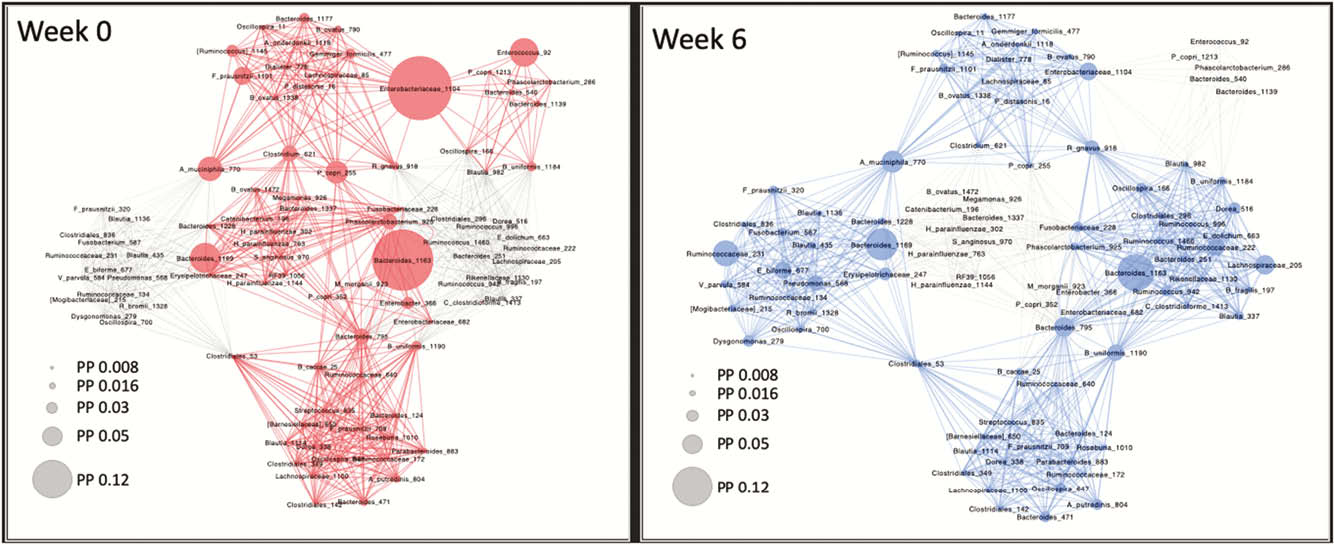OP22 Crohn’s disease exclusion diet reduces bacterial dysbiosis towards healthy controls in paediatric Crohn’s disease
J. Van Limbergen1, K. Dunn2, E. Wine3, R. Sigall Boneh4, J. Bielawski2, A. Levine4
1Division of Pediatric Gastroenterology and Nutrition, Amsterdam UMC - Location AMC, Amsterdam, The Netherlands, 2Department of Biology, Dalhousie University, Halifax, Canada, 3Department of Paediatric Gastroenterology and Nutrition, University of Alberta, Edmonton, Canada, 4Wolfson Medical Centre, Paediatric Gastroenterology & Nutrition, Holon, Israel
Background
Dietary therapy with the Crohn’s disease Exclusion Diet (CDED) or Exclusive Enteral Nutrition (EEN) induces remission, reduces inflammation and is associated with compositional changes in the microbiome. We performed metagenome analysis to elucidate whether diet induces remission via correction of dysbiosis and/or community structure.
Methods
Whole metagenome and 16S rDNA sequences were obtained in 178 samples from 70 participants at 3 time points (baseline, week 6, week 12) from the two study groups (CDED+PEN/EEN). For metagenome analysis, we divided the groups further into samples of patients achieving ITT-remission at week 6 (CDED+PEN: 31/38 and EEN: 23/32) and those who did not.
Results
Dietary therapy decreased the relative abundance of genera from Proteobacteria towards healthy controls. CDED+PEN remission is associated with a significant increase (

Conclusion
Dietary therapy corrected dysbiosis towards healthy controls. Sustained dietary therapy beyond 6 weeks with CDED+PEN avoids the ‘rebound’ in disease-associated species, notably Proteobacteria, when the oral diet is reintroduced.


